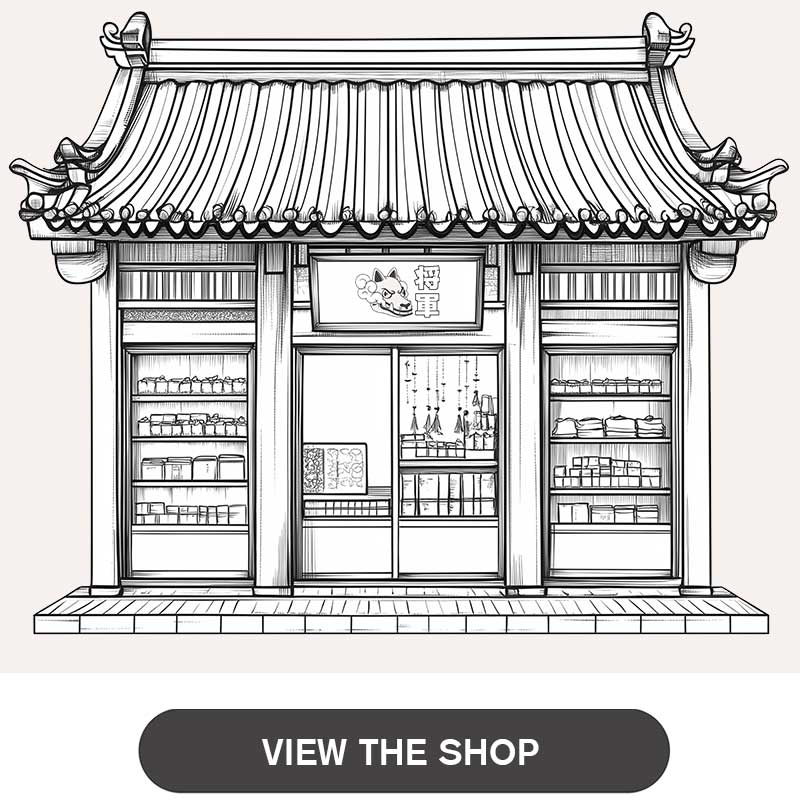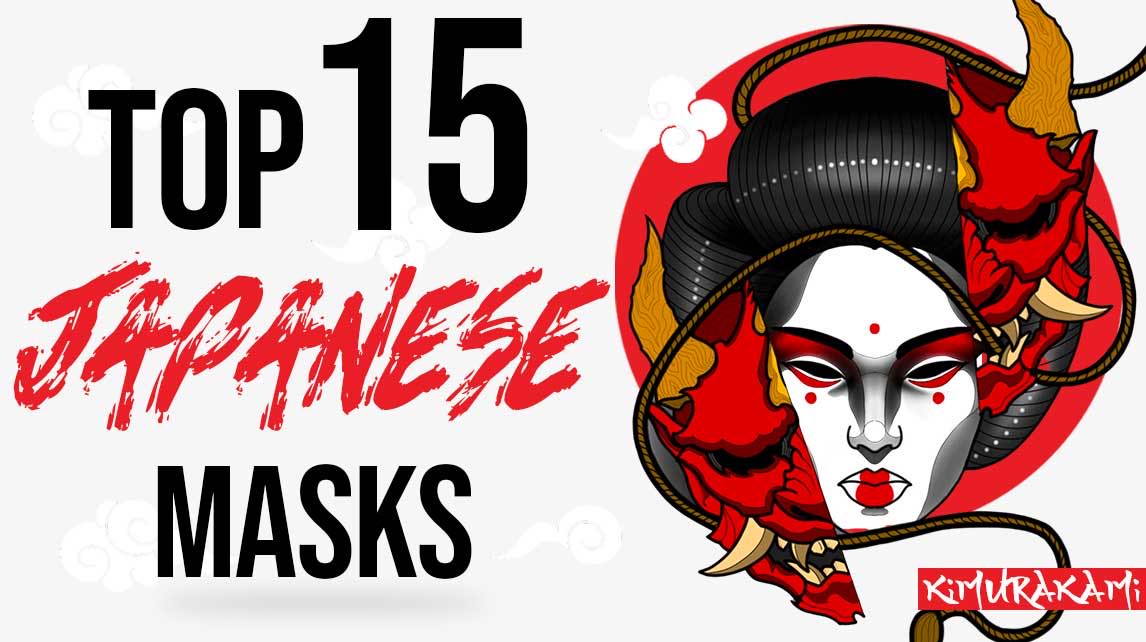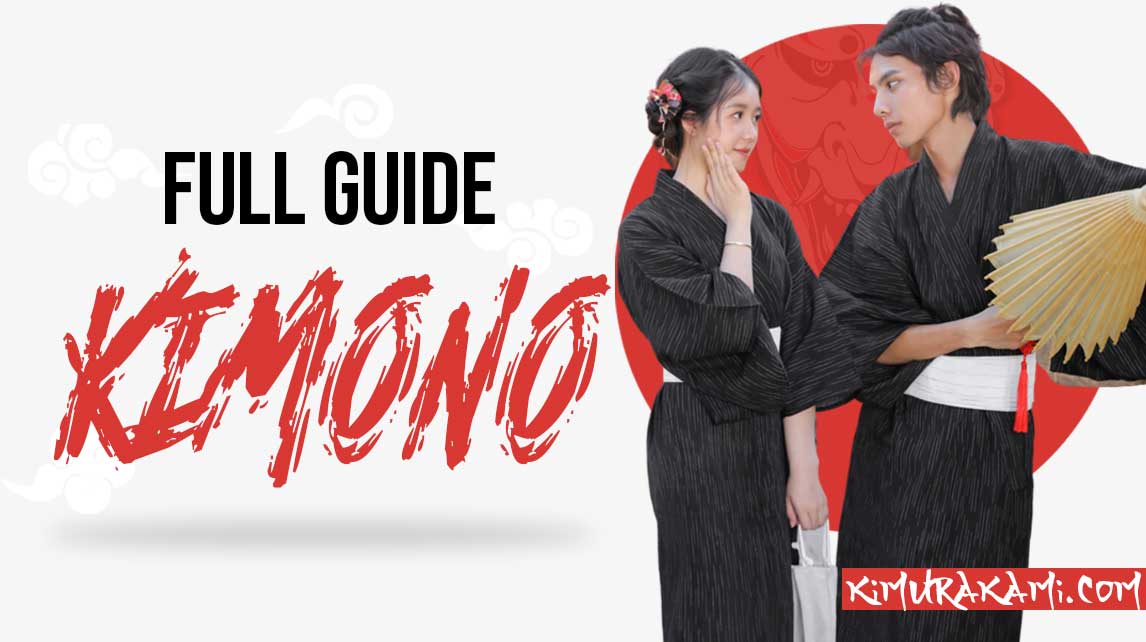Are you interested in Japanese culture? Are you passionate about the history of Geisha? Would you like to know more about them? We have done some research for you that will satisfy your curiosity.
Appearing during the 1800s, Geisha refers to a cultural designation. Geisha women are artists who play traditional instruments.
They also learn Japanese dance from an early age as well as the art of keeping company with guests at places of revelry and entertainment. Geisha are often confused with Oiran (high-ranking courtesans).
But they made their mark on Japanese history by standing out for their artistic talent and Japanese style. They are now respected throughout the Japanese archipelago, even if they continue to attract covetousness!
To discover their profession, we will see in this article:
- The origin and history of the Geisha
- How does one become a Geisha
- What does the profession of Geisha consist of ?
- The Geisha style of dress
- Why do we associate Geishas and prostitution?
- Geisha in the 21st century
Let's get to the heart of the matter!
Apocalypse of Geisha culture
 Geisha in Japan
Geisha in Japan
In major Japanese metropolises, a geisha represented an artist who respected traditions and whose role was to entertain the public at various artistic events.
In addition to being in charge of welcoming various guests, Japanese girls also practiced dance, music or even poetry. Thus, during a travel to Japan, foreigners could take advantage of the presence of geishas to learn a little more about Japanese culture. Over time, they became so popular that this traditional activity turned into a profession.
The first woman called a geisha was a talented singer and an incredible player of musical instruments. Her fame caused many women who sold themselves for money to turn to this profession. The golden age of geisha was in the late 18th and early 19th centuries.
The history of the geisha of Japan
Centuries before the term was coined, there were already young women who made a living from entertainment, such as dancers who performed for the samurai.
The geisha history says that shogun decreed that Kabuki theater should be performed only by adult men to avoid fights, love affairs, and prostitution rings. Around 1603, the first known Kabuki theater company, recruited its chorus girls from young women of dubious reputation who were based in the underbelly of Kyoto and Tokyo, the Japanese capital.
All of the Kabuki theaters were performed by men.
Although inspired by the religious folklore of Traditional Japan, their dances were intensely provocative, so much so that spectators who came to tour Kyoto often ended up fighting with the actresses.
In 1628, the Shogun banned female kabuki, and the female dancers were replaced by quincagenes. The result was the same: fights, love and prostitution rings. Eventually, it was decreed that Kabuki should be performed exclusively by adult men, a rule that remains in effect today.
Licenses were required for everything in the rigid social organization of the Edo period, including opening a brothel. During the seventeenth century, walled districts devoted entirely to pleasure were built on the outskirts of Japan's major cities.
How to become a geisha
 Geisha tea house
Geisha tea house
Traditionally, women who wanted to become Geishas lived in tea houses. They were given the designation "Maiko" during their apprenticeship. They had the obligation to follow the various rules surrounding this profession. The elders provided them with food, shelter and all the necessities for their training and in return, the new ones would repay them by assisting them in their daily lives.
Geisha and their role in Japanese culture
A geisha does not behave like a housewife, the role assigned to her by society leads her to behave differently. Indeed, in the traditional Japanese culture, a woman, and especially the wife, is supposed to be gentle, quiet and modest.
A geisha, on the other hand, demonstrates her talents, freely but beautifully expresses her opinion, and then often surprises and delights her guests with her intelligence and skill.
The daily life of a Japanese of average or great wealth was punctuated by a responsible and serious attitude to work. It is not strange that men were so drawn to a teahouse, where they could relax and enjoy the services that a geisha could offer.
The Place of Geisha in Society
Geisha created an atmosphere of ease and nonchalance. Each of their performances, dance or play is the result of fascinating work. They were without question, the most educated women in society.
In the world of geisha, a woman must be strong and powerful. The place of women in Japanese society has always been controversial.
The social relations of a Geisha
An experienced geisha may have a patron, a "danna." This one financially supports the life of a geisha which can be very expensive.
The presence of a patron, however, does not justify a personal relationship with the geisha; a geisha's personal life depends solely on her.
The reputation of a geisha has always played an important role in her work. Therefore, personal relationships are carefully considered and not frivolous.
The Birth of the Floating World
 Geisha Japan drawing print
Geisha Japan drawing print
The success of these Japanese districts was overwhelming thanks to the rise of a new social class, the bourgeoisie. With a firm hand, the Tokugawa imperial shogunate regime had just settled centuries of skirmishes and civil wars. The Japanese people were finally able to devote their efforts to the prosperity and development of Japan as a destination.
On the official scale, merchants were below the peasants. But in practice, many merchants rivaled the families of the nobility in opulence. In their daily lives, they had to pretend to be humble, bribe officials, and keep an eye on the situation so as not to be expropriated.
In the neighborhoods of Tokyo, on the other hand, cradle did not matter, only money was a must. It was a world apart in the Empire of the Rising Sun. For a few hours, commoners lived like lords, flattered and pampered to the point of exaggeration by girls dressed as princesses. A way of life made of fleeting illusions, which the writer Ryoi Asai in 1661 named ukiyo, "the floating world."
The decline of the Geisha's reputation
In the 19th century, the geisha profession was mostly practiced by women. They represented hope and aroused the admiration of the older ones who in their time had not had this chance.
During World War II, the title of geisha was denigrated. For good reason, American soldiers had no particular regard for Nipponese culture. This allowed them to come across these quirky maids. At the same time, the young girls who used their charm to seduce their Japanese and foreign clients took advantage of this to claim the title of geisha.
After the war, there were several attempts to revive the profession in its original form in order to promote the Japanese Archipelago again. To this end, teahouses were rebuilt to promote a return to ancestral customs. However, this was a failure because the very concept of geisha activity underwent a change. Therefore, it was necessary to adapt to the demands of the new Asian capitalist society.
The confusion between Geishas and prostitutes
 Japon geisha in Tokyo
Japon geisha in Tokyo
The geish style
A geisha's career, status and experience can be determined by her appearance. Maiko usually dresses in bright clothes. The hairstyle characterized by the bun, the makeup, every detail of the wardrobe has its own significance as well as the geta sandals and the use of wigs or not.
The traditional makeup of a geisha
One of the most striking and recognizable features of a geisha is her makeup. To apply makeup according to Japanese traditions, you must start by putting a thick layer of lime on your face and neck. This phase takes hours and is more like working on a mural than a daily routine.
The oil or wax is first applied to the face. This part of the body resembles a Japanese mask from theater no without any flaws. The eyebrows are drawn on lime and traditionally with a charcoal brush.
The lips are painted with a fine brush to create a flawless look. They are visibly smaller than natural lips, allowing for a granddaughterly face with an illusion of sophistication and tenderness. For the first few years, the Maikos wear very heavy makeup. After three years of experience, they adopt a more sober geisha style.
The dress style of a geisha
As far as clothing is concerned, geisha always wore a woman's kimono, this is the traditional Japanese clothing par excellence.
The color, pattern and style of the kimono is determined by the season and event.
The main functions of geisha
 geisha music
geisha music
The geisha plays certain specific roles within Japanese society.
Jikata geiko
A geisha performing songs, shamisen (Japanese three-string banjo). It is a musical accompaniment (flute, kotsuzumi, drums, etc.) in the tatami tea room.
jikata geiko (地方) are certainly not those who are in the spotlight at a show. They are to create, by their presence, a subtle background for the tachikata geiko.
This is why, generally, jikata tend to choose a simple kimono houmongi, natural makeup (no oshiroi), and a simple hairstyle. It's a matter of personal choice and taste, after all.
The minority of jikata, especially those who are new to or specialize in both areas of the art, prefer to wear a full stage geiko outfit with all its advantages and disadvantages.
Taiko, tea ceremony
Geisha are also known as players of the taiko. It is a Japanese drum. They only enliven the atmosphere of the tatami tea room with the activities like dancing, imitation, fusuma-gei, etc.
Geisha: myths and reality

When visiting a castle, visiting a museum located in the imperial palace, a geisha can be your escort.
Related to Greek hetairas and European royal mistresses, delicate Japanese geisha have captivated the West with their mystery and sensuality for centuries. But as we have already made clear, geisha are not prostitutes.
Westerners who had the rare privilege of attending banquets hosted by geisha and hoped to have relations with one of them at the end of the evening were soon disappointed.
Despite this, Japanese parents are often opposed to their daughters entering "the world of the flower and the willow." As elegant, traditional, harmless as geisha erotica is today, these gorgeous women leave behind a scent of forbidden fruit.
We remember that the profession of geisha is deeply rooted in Japanese society. And for good reason, it is now over 300 years old. Geisha women, through their dress, bun, sensuality and sense of hospitality and entertainment have earned respect as artists.
In the twentieth century the Nipponese art put forth through this profession has only adapted to the new world. Geishas still learn the traditional arts: playing musical instruments, calligraphy, traditional Japanese singing and dancing, the tea ceremony, literature and poetry.









Leave a comment